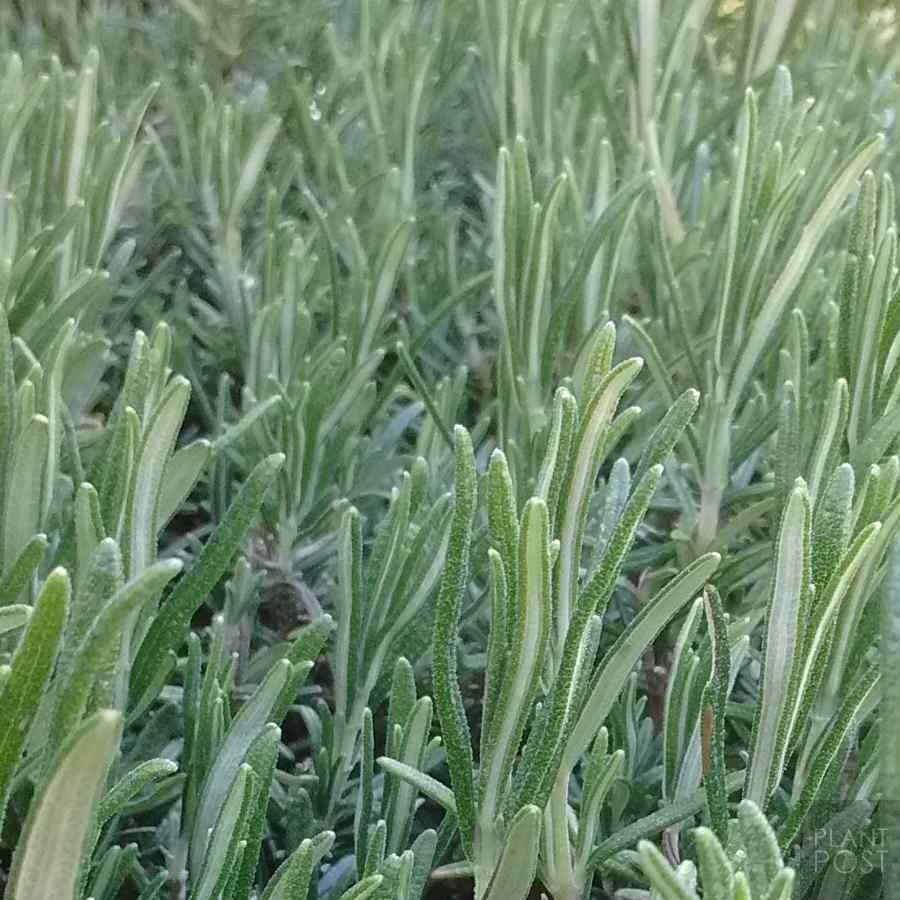

Rosemary, Reliable Hardy and Evergreen
What's not to like about Rosemary. It has fragrant foliage, flowers in spring and summer, remains green all year round and requires little in the way of maintenance. Oh, and some people like to use it for cooking too apparently.
I grow a lot of Rosemary in my garden and often get asked by passersby if they can take a sprig for cooking with and have never been asked for any cuttings.
Most people are familiar with its use as a herb but not many people are aware of the variety and types of Rosmarinus officinalis plants that you can grow and what an important shrub it is for insects, particularly Bees.
Varieties of Rosemary
There are over a hundred different types of Rosemary, some distinctive and others with very similar characteristics to other Rosmarinus officinalis.

For foliage and growth habit there are distinctive forms where they are visually different. The standard Rosemary bush with its woody stems, small narrow leaves and distinctive fragrance.
Then you have the Prostratus Group that grows close to the ground in a prostrate manner and is good for tumbling over the edge of walls.
You have several variegated leaf forms of which I grew one many years back and it died unexpectedly. This is not to say variegated Rosemary is a non-starter as I do not have enough growing experience to speculate.
Then there is the distinct flower colour groups going from white to pink and various shades of blue. I grow both the pink Roseus and the white flowering Alba which are both great plants but I've yet to meet anyone else who grows these or is even aware that there were different coloured flowering sports.
Rosemary Plant
Rosemary is a woody evergreen shrub that remains green all year round. The leaves are similar to pine needles only shorter and more rounded and of course smell of Rosemary when you rub your hands on the leaves.
It is very tolerant of drought but not keen on waterlogged soil over the winter. Cold is not really a problem as they can stand very cold winters although the official RHS hardiness rating is only H4 which is down to -10°C.

In my experience they are one of the hardiest evergreens I have grown given a sunny well drained position.
Rosemary Varieties
There are several Rosmarinus officinalis cultivars available to buy in the UK, the RHS lists 180 at the time of writing. I've picked a few to look at as these are ones I have grown for many years so can provide some authoritative comment on them.
Trailing Rosemary
Not many people realise that you can buy trailing rosemary. The creeping or prostrate Rosemary will remain really low to the ground and tumble over walls or the sides of pots, great for softening edges between plants and concrete.

As you can see Rosmarinus officinalis prostratus group (trailing Rosemary) I am growing here tumbles down to the ground. It took 2 to 3 years to get to this size from a tiny plant so it is a well behaved cultivar needing zero attention.

In early spring (picture taken 25th April) the mauve almost blue flowers emerge which supports bees although the upright varieties of Rosemary tend to get more attention.
The flowers look radiant during the twilight hours appearing as an almost radiating ultraviolet colour.
Pink Flowering Rosemary 'Pink Rose'
More unusual is the pink flowering Rosemary, Rosmarinus officinalis Roseus. It produces rose pink flowers as shown in the pictures that I took in April.
The colour is very distinct from the typical blues, mauves and purples of a majority of the cultivars and compared side by side the difference becomes apparent. Other than the colour this Rosemary is pretty much the same as your typical Rosemary bush.


Rosmarinus officinalis f albiflorus
The white flowering Rosemary 'Albiflorus' produces pure white flowers with no patterning at all. Again like pink this is an unusual flower colouring and not often seen for sale in garden centres and only usually available from smaller independant specialist growers. You know the ones that care and know about plants.
The pictures were taken in March showing the buds and the first flowers emerging and in April showing the white Rosemary flowers fully opened.


Where to grow Rosemary
You can grow them pretty much anywhere and even do quite well in pots that don't get watered that often. I have found they seem to be slightly better at tolerating drought and long dry spells in pots than Coronilla. As mentioned trailing Rosemary looks great in pots.
If you have a south facing wall you can train and trim Rosemary to cover a wall keeping it clipped close to the wall. When it flowers it will become a magnet for Bees.

Trimming, Shaping and Topiary
Rosemary responds well to being trimmed and shaped. I have removed the lower branches and lifted the skirt of many of my plants to squeeze in more plants at ground level. Doing this with Rosemary you end up with a standard like shrub.
You can also trim it into shapes, even square edges as the foliage is quite small. I would advise not to do any shaping too close to the end of the growing season otherwise you can end up with patchy areas. Rosemary like most plants stop growing when the temperature gets too low and the days get too short so trim in late spring to early autumn.

Other Evergreen Plants You May Like...
As an Amazon Associate I earn from qualifying purchases
















